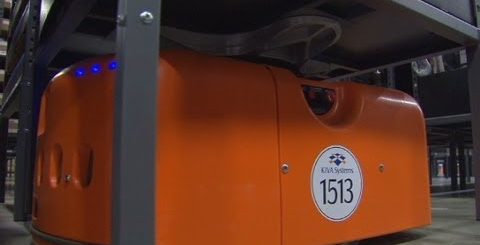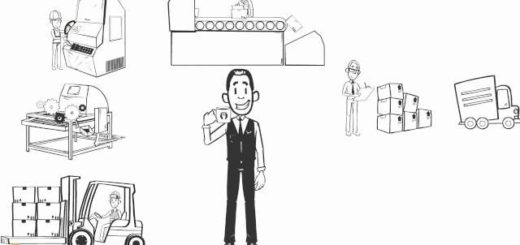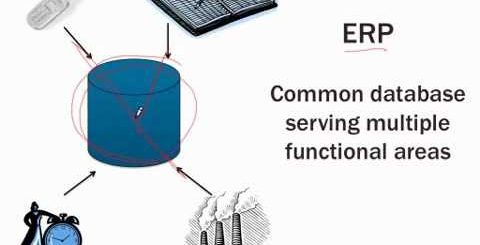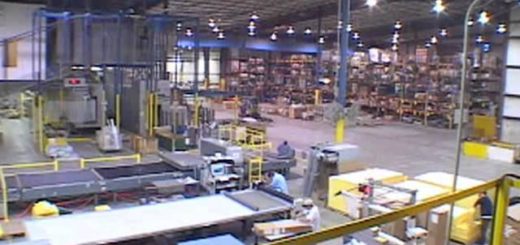Tire recycling. 3 tons per hour.
Tire Recycling
The process of recycling tires typically involves several stages:
- Collection: Used tires are collected from various sources such as tire dealers, auto repair shops, and scrap yards.
- Shredding: The tires are then shredded into small pieces, typically between 1-4 inches in size. This makes it easier to transport and process the tires.
- Granulation: The shredded tire pieces are then processed in a granulator, which grinds the rubber into small granules. These granules are then screened to remove any steel or textile fibers.
- Processing: The rubber granules can be used to create a wide variety of products, such as:
- Asphalt: Rubber granules can be mixed with asphalt to create a more durable and resistant road surface.
- Flooring: The granules can be mixed with binders and pigments to create rubber flooring for playgrounds, gymnasiums, and other high-impact areas.
- Mulch: Rubber granules can be used as a mulch for landscaping, providing a durable and long-lasting alternative to traditional wood mulch.
- Equestrian surfaces: Rubber granules can be used to create safe and durable surfaces for horse arenas and stables.
- Insulation: Crumb rubber can be used as insulation for sound proofing and energy savings.
- Sports surfaces: Rubber granules can be used to make sports surfaces such as running tracks and sports fields.
- Quality Control: Throughout the process, quality control checks are done to ensure the tires are being processed correctly and that the end product meets the required standards.
It’s worth noting that not all recycled tires are used for these types of products, some of them still end up as a fuel source for cement kilns, paper mills, and power plants.
Importance of Recycling Tires
Recycling tires is important for several reasons:
- Environmental conservation: Tires are not biodegradable, meaning they do not break down naturally in the environment. When tires are not properly disposed of, they can end up in landfills, where they can take hundreds of years to decompose. They can also end up in the ocean, rivers, and other bodies of water, where they can harm marine life. By recycling tires, we can reduce the amount of tire waste that ends up in the environment.
- Energy conservation: Recycling tires requires less energy than producing new tires from raw materials. This can help to reduce greenhouse gas emissions and conserve non-renewable resources.
- Economic benefits: Recycling Tires can create jobs and stimulate economic growth. It can also help to reduce the cost of producing new tires.
- Limited resources: As natural rubber is a limited resource, recycling tires help to extend the life of tires and preserve them for future use.
- Public Health: Improperly disposed of tires can create breeding grounds for mosquitoes, which can carry diseases such as West Nile virus and dengue fever.
- Fire hazard: Tires can also be a fire hazard and can release toxic chemicals when burned.
- Space-saving: Landfills are running out of space, recycling tires reduces the amount of tires that takes up valuable space in landfills.
Other videos you may find interesting.
- Airplane Recycling – How Do They Do It?
- Artificial Intelligence Recycling: Robots Using AI To Recycle.
- Car Recycling. How to turn a junker into money.
- CarbonLite: Inside the World’s Largest Plastic Bottle Recycling Plant
- How Are Aluminium Cans Recycled?
- How Plastic Bottles Are Recycled Into Cloth. 400k views
- Tire Recycling
- Walmart uses hydrogen powered fork lifts in giant energy efficient warehouse







































